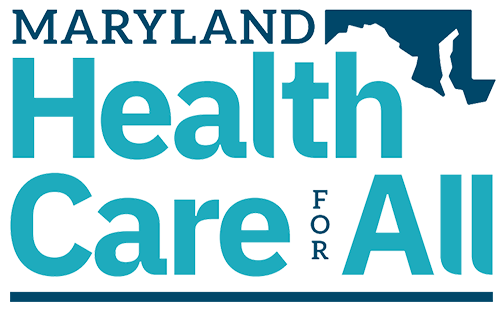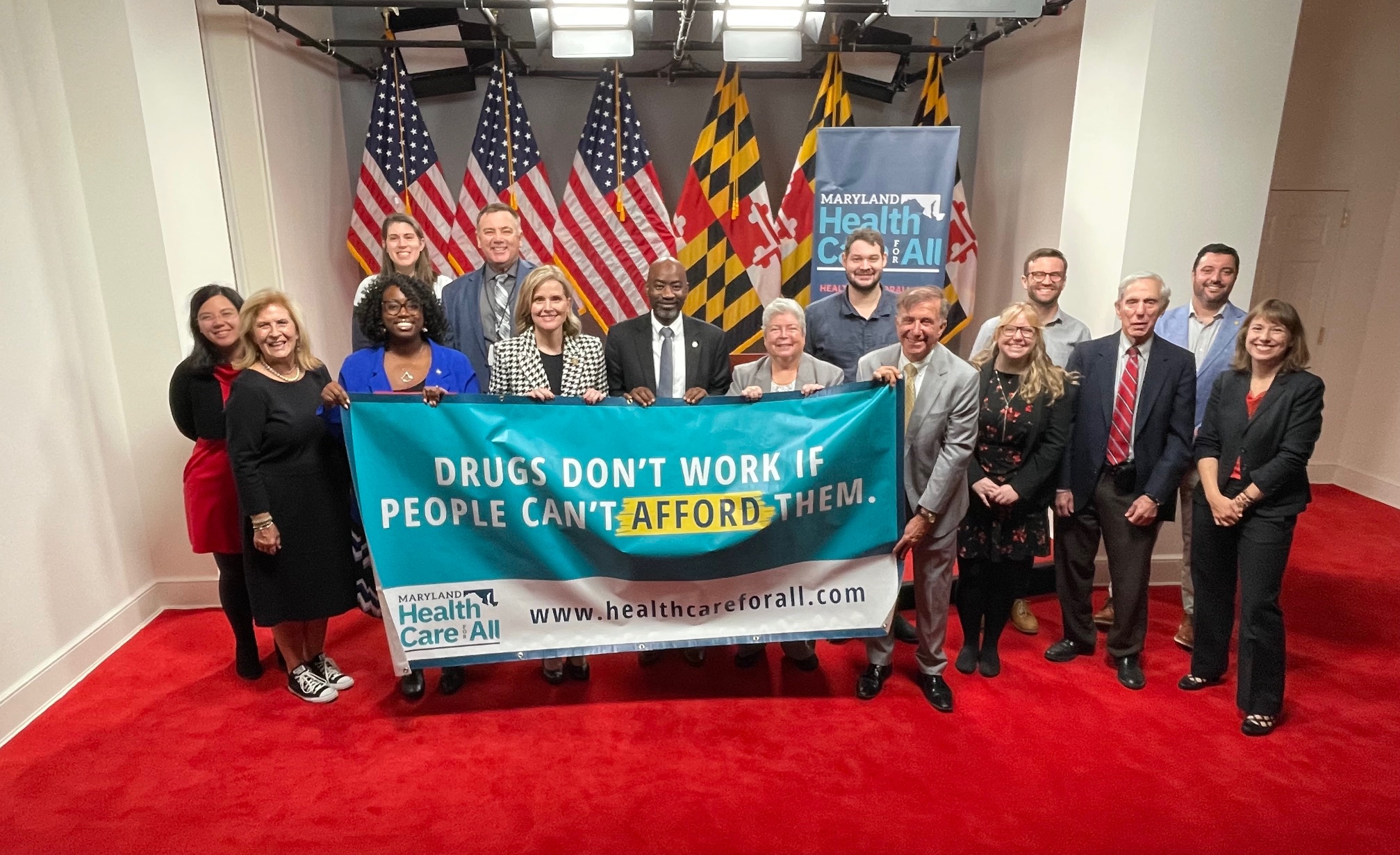The Baltimore Sun
Meredith Cohn
December 13, 2017
Marylanders seeking health insurance under the federal Affordable Care Act will get an extra seven days to sign up, state officials plan to announce Wednesday.
The new enrollment deadline is December 22 rather than Friday.
The deadline was extended by a week to accommodate procrastinators and avoid a last-minute enrollment crush at the end of this week.
The state had adopted a shortened 45-day enrollment period set by the Trump administration for purchasing health insurance, known as Obamacare, on the federal exchange used by most states. But Maryland operates its own online marketplace for those who do not get insurance through their jobs and was free to extend the deadline.
“There is a strong indication that we are going to have a lot of folks coming back for renewal and a lot of new folks who heard about what’s going on,” said Michele Eberle, the incoming executive director of the Maryland Health Benefit Exchange. “Once again we’re hearing from consumers how important having health coverage is to them. … They’re grateful to have insurance.”
About 140,000 people have enrolled in private health plans so far this year, compared with about 130,000 people at this point a year ago. More have signed up directly with insurers. And another 290,000 are enrolled in Medicaid, the federal-state health plan for low-income residents, who can sign up year-round.
There seems to be little confusion, but some anxiety, about actions taken in Washington to unravel the health law. Eberle said perhaps that shows a level of comfort in the exchange’s fifth open enrollment period.
Trump has disparaged the health law and taken several steps to undermine it, including limiting the enrollment period, reducing advertising for the exchange, and cutting federal subsidies to insurers to limit out-of-pocket costs for low-income enrollees — a move that forced Maryland regulators to approve last-minute premium increases on top of a previous round of increases for plans being sold for next year.
Some of the law’s advocates have been concerned that the federal government’s actions would prompt people to skip enrollment, jeopardizing the long-term viability of the insurance program that has cut the uninsured rate in half in Maryland. The program already faced problems as insurers reported millions in losses and some left the market while others sought significant premium increases.
About three-quarters of the people who buy private plans qualify for premium subsidies, a bit more than last year. Eberle noted that the federal government pays more in subsidies when premiums increase.
That actually has made top-tier plans’ costs quite low for many people and the affordability lured new enrollees in traditionally conservative territory on the Eastern Shore and in Western Maryland.
Eberle said that for those who are not subsidized and are feeling the entire brunt of premium increases, the exchange has encouraged people to shop around and consider a more comprehensive plan, or so-called gold plans, that could be a better value by lowering out-of-pocket costs such as deductibles in exchange for higher premiums. Those buying more moderate silver plans should consider buying directly from an insurer, as some premium increases approved by regulators only affect the silver plans bought through the exchange, she said.
The week-long enrollment extension negotiated with the two carriers in Maryland, CareFirst BlueCross BlueShield and Kaiser Permanente, allows more time for consumers to shop around while still allowing for coverage to begin for everyone on Jan. 1.
Marck Romaninsky, a senior director at Seedco, a group that contracts with the exchange to help people sign up for coverage, said enrollment already is up 40 percent over this time last year in his Upper Eastern Shore territory.
Those getting subsidies are pleased by their costs while those who do not get subsidies are helped to shop around or referred directly to insurers, he said. Many navigators, the agents doing the consulting, have been with Seedco for years and have developed trust with families they have served repeatedly, he said.
“We’re certainly busy and people are in need of help,” said Romaninsky, adding he’s seen “a little bit of anxiety” because of news of changes to the health law.
Vincient DeMarco, president of the Maryland Health Care for All Coalition, said the enrollment numbers generally show that consumers are “sticking with it” despite the cost increase and the politics.
The advocacy group has worked with church leaders and others to get the word out about enrollment, run advertisements and otherwise pushed for higher participation in the program.
Polling shows 62 percent of Marylanders support the law, DeMarco said. That support means that the state needs to take action to shore up the program, he said.
First among the actions should be a statewide requirement to buy health insurance, he said. That will give certainty to insurers that enough people will buy coverage and not just costly sick people.
The coalition and others will advocate for such a mandate during the next state General Assembly session beginning in January. He said other measures also may be pursued, though funding could be a prohibitive factor for some proposals, such as a reinsurance program to cover insurance losses on the higest-cost patients.
“There are things we can do to shore up the Affordable Care Act,” DeMarco said. “But the enrollment shows Marylanders want the law to succeed.”
Those paying full freight for their health insurance, such as Donya Oneto, say they are counting on the state or federal government to do something to lessen the burden. The Sykesville resident, a certified public accountant, said there isn’t enough attention being paid to those who run small businesses and must buy individual or family plans with ever increasing premiums.
Oneto said families like her’s have “gotten lost” in the debate over costs. The plan that works best for her family of four and allows them to keep their doctors costs $2,500 a month, up from $1,200 a month three years ago, she said.
She said allowing small businesses to pool and buy coverage together would be a start, followed by promoting more competition among insurers to lower prices and making better use of health savings accounts that offer tax advantages.
Oneto does not want to go without insurance for herself or her family, including two children in college, and will keep paying for now.
“But this isn’t working for us,” she said. “Since it was implemented the subsides given to other people have been paid for by people like myself. …I hear how wonderful it is that everyone is insured, and yes, but they’re insured because of people like me.”
Last modified: December 14, 2017



